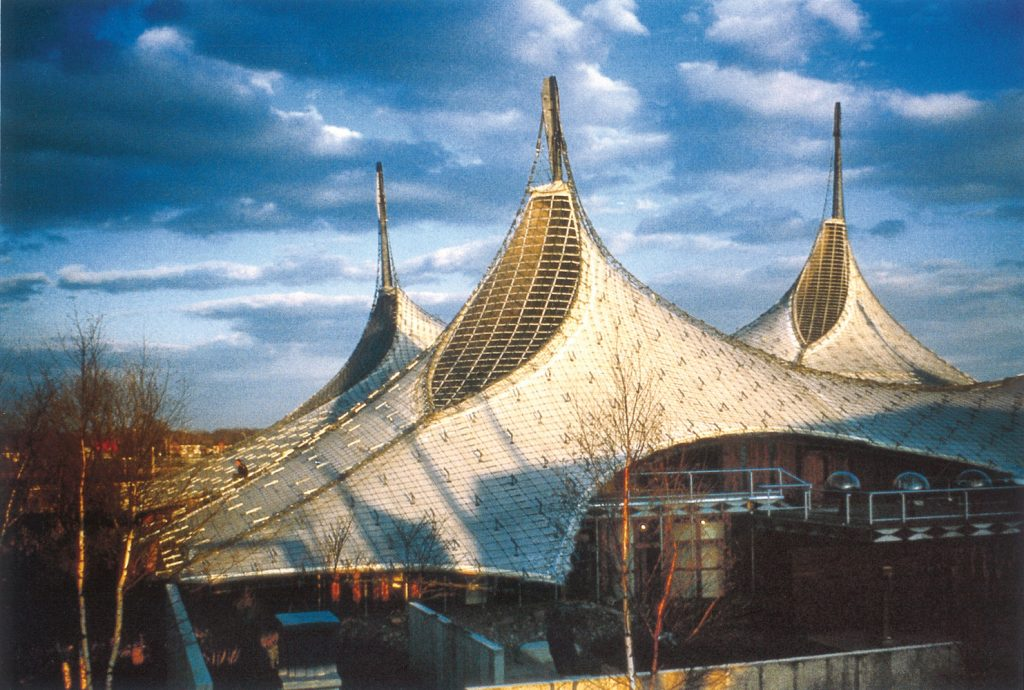created 2025-04-03, & modified, =this.modified
tags:y2025architecture
rel: The Second Digital Turn - Design Beyond Intelligence by Mario Carpo
The emerging trends in architectural design reflect a new approach to perceiving and understanding architecture. Many of today’s architectural projects appear more fluid, liberating themselves from rigidity and repetition while symphonizing with softer integrated geometries. This can be attributed to parametricism, an avant-garde architecture movement that utilizes technology and parametric software to attain form.
Parametrism emphasizes
- flexibility
- dynamic relationships between elements
- replacing traditional rigid geometries with fluid forms, like splines, nurbs and subdivision.

Skin/facade is often a target for the “aesthetic of parametricism” because it is relatively easy to differentiate, as opposed to the building core/structure and systems, and it yields more superficial bang for your buck.
Gaudi/Otto as proto-Parametrism
Antoni Gaudi (1852-1926) was a Catalan architect well-known for his unique, organic forms and eye-capturing use of texture and color. He is mainly known for his incredible churches; perhaps as striking as these churches is the method he developed to imagine and create them. Gaudi relied on modeling rather than drawing as a form of architectural expression. This translated into upside-down chain models suspended from a ceiling or strings with attached weights. By manipulating the weights and their positions, Gaudi could modify the shapes of the arches, resulting in a new model every single time. This process is almost identical to the process modern parametric design software and plugins adopt.
